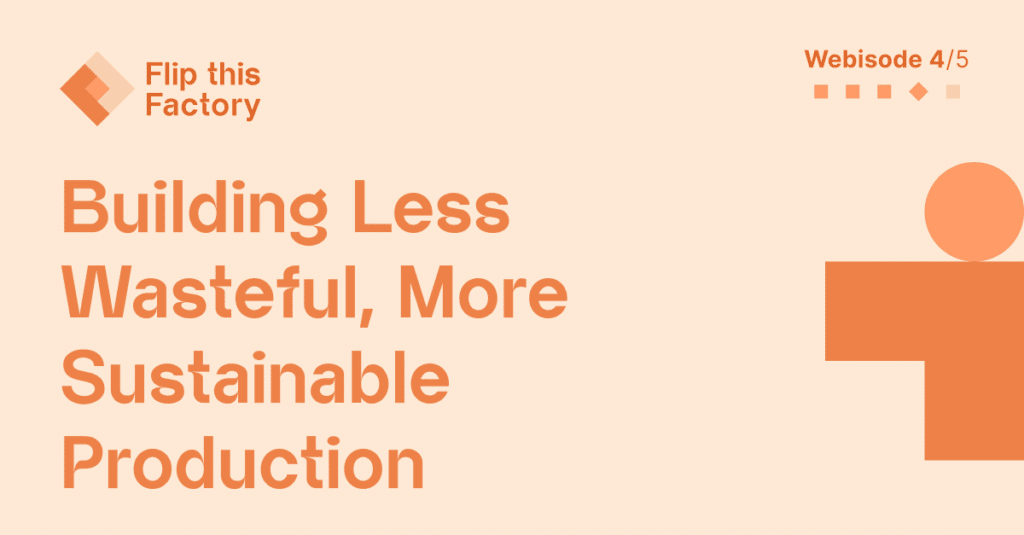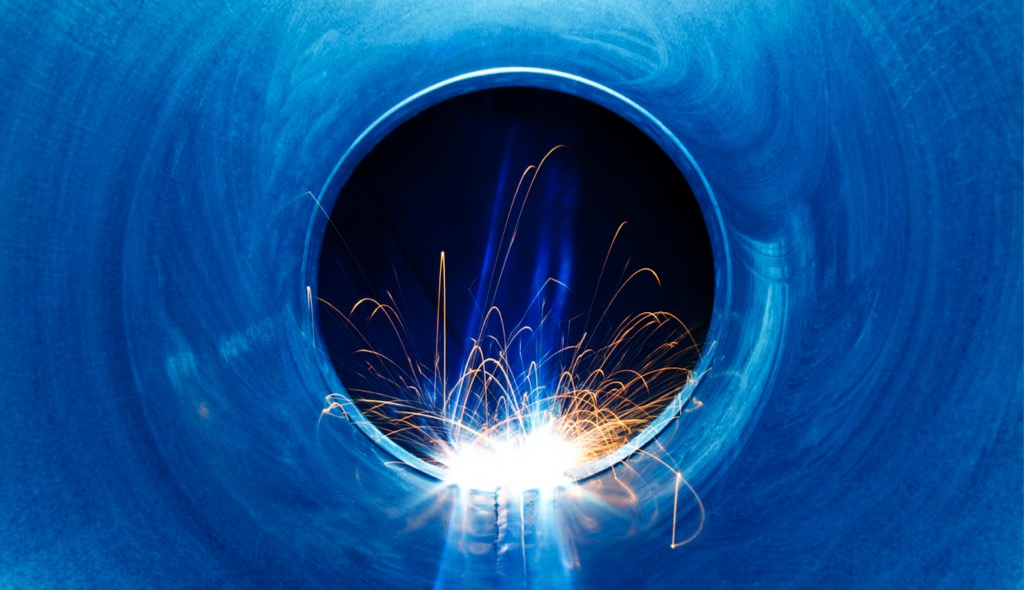
Sustainability is no longer an elusive concept that competes with traditional metrics of profitability and efficiency, but one that can be measured and achieved by using what you have, far more intelligently.
This article was originally published in Supply and Demand Chain Executive
Supply chain disruptions and inventory concerns have continued to trouble governments, businesses and consumers worldwide. Even as current supply chain bottlenecks begin to clear up, severe sustainability and supply problems remain due to the amount of waste traditionally produced by retail and manufacturing sectors and the increasingly stringent metrics by which they are judged by investors and consumers.
Moreover, with ongoing geopolitical contention in Europe and Asia, severe inflationary challenges and increased consumer spending amid extreme inflation, the manufacturing and supply chain industries are under pressure to navigate constant obstacles.
The Interconnectedness Of The Supply Chain
It is time to look at the interconnectedness of the supply chain to understand where solutions could reside. Factories, for example, play a prominent role in mitigating a host of supply chain problems and can aid in lowering the impact of inflationary pricing by working more efficiently in several ways. For instance, worn down and inefficient machinery slows production, causing bottlenecks and waste – in both energy and materials.
Furthermore, labor costs increase as more people are brought into the fold to address broken down machinery, while even more money is lost while the factory line pauses production. And inefficiency in machines and processes drives up labor and energy costs in subtle ways ranging from overuse of materials to over maintenance of equipment.
Where Does Sustainability Come into Play?
Oftentimes, efficiency and sustainability are seen as competing interests in operations, but what if there was a way that companies can establish both in their manufacturing processes and support supply chain efficiencies?
A focus on sustainability on the factory floor can reduce scrap and waste (most obviously by lowering costs and increasing yields) while alleviating pressures at other less obvious points in the supply chain. How so? When less materials are needed to create a product, less mining, harvesting and sourcing these materials is required, thus involving less processing, trucking and warehousing and minimizing potential pain points in other areas of the supply chain.
And when machines operate efficiently while producing quality goods, there is also a chance of fewer recalls around issues that occur in the manufacturing process. This, in turn, diminishes the inventory volume of goods traveling back through the supply chain, alleviating another host of problems. And these benefits compound; improvements in quality issues not only boosts sustainability scores but will show up in customer preferences scores as well.
Running manufacturing assets better and more efficiently can help organizations realize their sustainability goals and serve customers better, while easing supply chain pressures ahead of the holiday bloat.
To do so, we must consider machine and process health through a predictive lens.
Machine Health
There are three key components to machine health: mechanical problems, design problems and operational problems. Therefore, every industrial leader must understand how the factory level is performing across these three measurements to ensure production runs smoothly.
Monitoring for mechanical problems includes monitoring temperature, vibration and magnetic data to identify changes ahead of complete machine failure.
“Running assets more efficiently can also save U.S. manufacturers $3.3 billion in waste caused by downtime, reduce energy consumption by 12% to 15% and avoid up to 6,500 workplace accidents annually.”
Design problems come to the forefront when individual machines undergo extra amounts of stress due to an inefficiently designed production facility. As a result of getting ahead of these issues, facilities can avoid unplanned downtime, delays, bottlenecks and inconsistent product quality, tying back to the efficiencies detailed above.
Operational problems come into play with the human element. Even with a perfectly designed machine, people make modifications and unknowingly create additional issues.
Continuously monitoring machine health can curtail unplanned downtime and boost productivity to new heights that will be felt throughout the supply chain. Running assets more efficiently can also save U.S. manufacturers $3.3 billion in waste caused by downtime, reduce energy consumption by 12% to 15% and avoid up to 6,500 workplace accidents annually.
But machine health is only half of the equation to solving industry concerns. Process health offers a look into the interconnected inputs and elements of a full production system and other contributing factors, which when misaligned become part of the industry’s sustainability problems.
Process Health
Manufacturing and supply chain leaders are aware of profits left on the table but that does not have to be an accepted standard. There is a critical measurement that can combat inefficiencies and losses. Enter: process health.
“There is an estimated $1 trillion loss due to unplanned downtime in the process industries.”
Process health looks at the ability of a process to realize its objectives or outcomes. In other words, are things running efficiently and effectively?
According to a report by ARC Strategies, there is an estimated $1 trillion loss due to unplanned downtime in the process industries. In order to bridge the trillion-dollar gap, organizations can unlock productivity by honing in their machine health and optimize production by 40% and improve energy use up to 30%. Those are significant markers!
Process health can help leadership prevent losses from occurring in the future by analyzing data at every step and level of production. It can also identify optimal process settings and establish connections between dynamic and complex variables. It is a no-brainer for industry leaders who want to see significant improvements in quality, throughput, energy and reductions in CO2 emissions and waste.
Big Picture Vision
The supply chain is undoubtedly a complex structure, but one that is the backbone of our economy. While there may not be a one-size-fits-all solution to address the dilemmas of late, repositioning our understanding of the interconnectedness – starting at the factory floor – can illuminate opportunities that may not have been as apparent.
Continuously monitoring machine and process health can reveal untapped potential. In fact, it is estimated that 10% to 20% of manufacturing capacity is shadow capacity or production capabilities that exist within current manufacturing lines but are going unused. Embracing shadow capacity has positive implications for onshoring, productivity and efficiency.
As supply chain obstacles continue amid ongoing geopolitical turmoil, fluctuations in consumer spending and a possible recession, it is high time we rethink the relationship between sustainability, manufacturing and the supply chain. Sustainability is no longer an elusive concept that competes with traditional metrics of profitability and efficiency, but one that can be measured and achieved by using what you have, far more intelligently.
To learn more about what Augury’s full-stack prescriptive solutions offer manufacturers, get in touch today.




